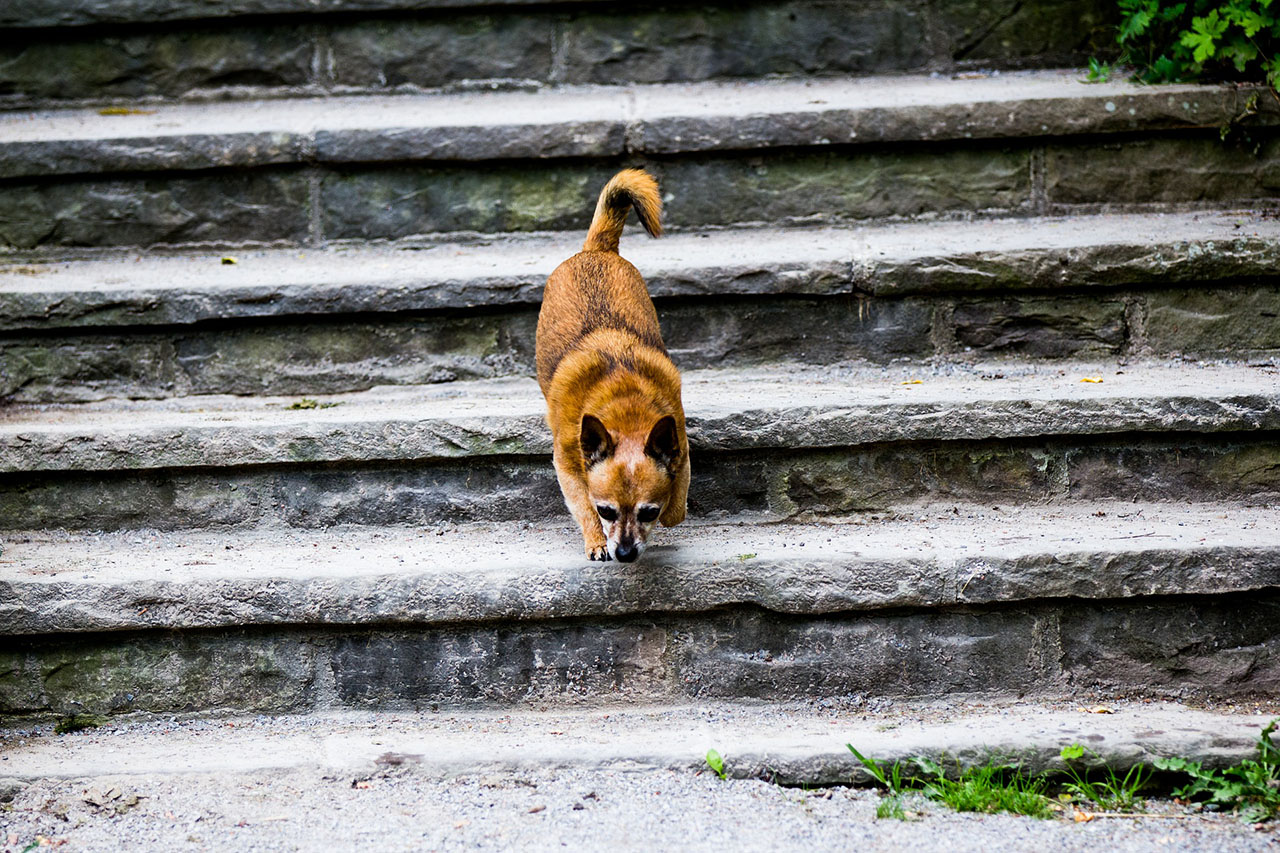Even when your pet is accustomed to grooming tools and starts to act positively when they appear, it doesn’t mean that they are now comfortable with grooming. The original problem is still there.
Be careful. Depending on how nervous and fearful your pet is, you must do your utmost not to trigger any aggressive behavior. This further cements a negative association with the grooming tool(s) in your pet’s mind. So, you are going to be casual, patient and settle in for the long haul. Remember to keep the interaction voluntary and not force anything on your pet.
Work with what you’ve got. Perhaps your cat is alright if you brush its back, but not its face or sides. Maybe your dog can be combed everywhere but its tail. Become aware of your pet’s limits and then back off from them for a little while. Get them used to regular, frequent grooming of the areas they will accept you touching.
As your pet begins to relax, try working around sensitive areas. Again, you may have to go with the touch-and-treat method until your pet is accustomed to you handling that part of their body – or even going near it. Work with what your pet can handle and move very slowly when pushing their boundaries.
Clicker training can be very beneficial in teaching your pet to not fear grooming. Read up on the subject or engage a trainer who teaches clicker training. A trainer may also be able to give you specific tips that help you take your pet further.
- Don’t expect your pet to accept grooming just because it has lost fear of grooming tools
- Learn your pet’s boundaries and be very careful about pushing them
- Explore clicker training with a qualified, reputable trainer/animal behaviorist

